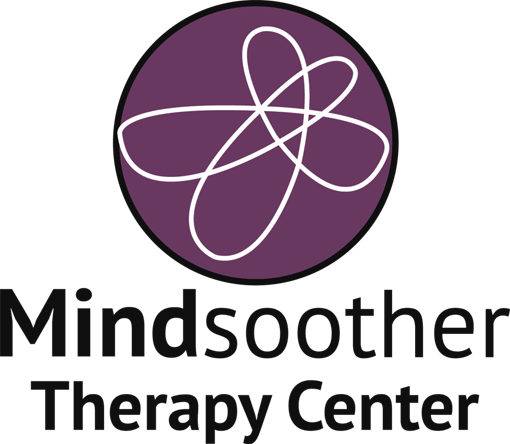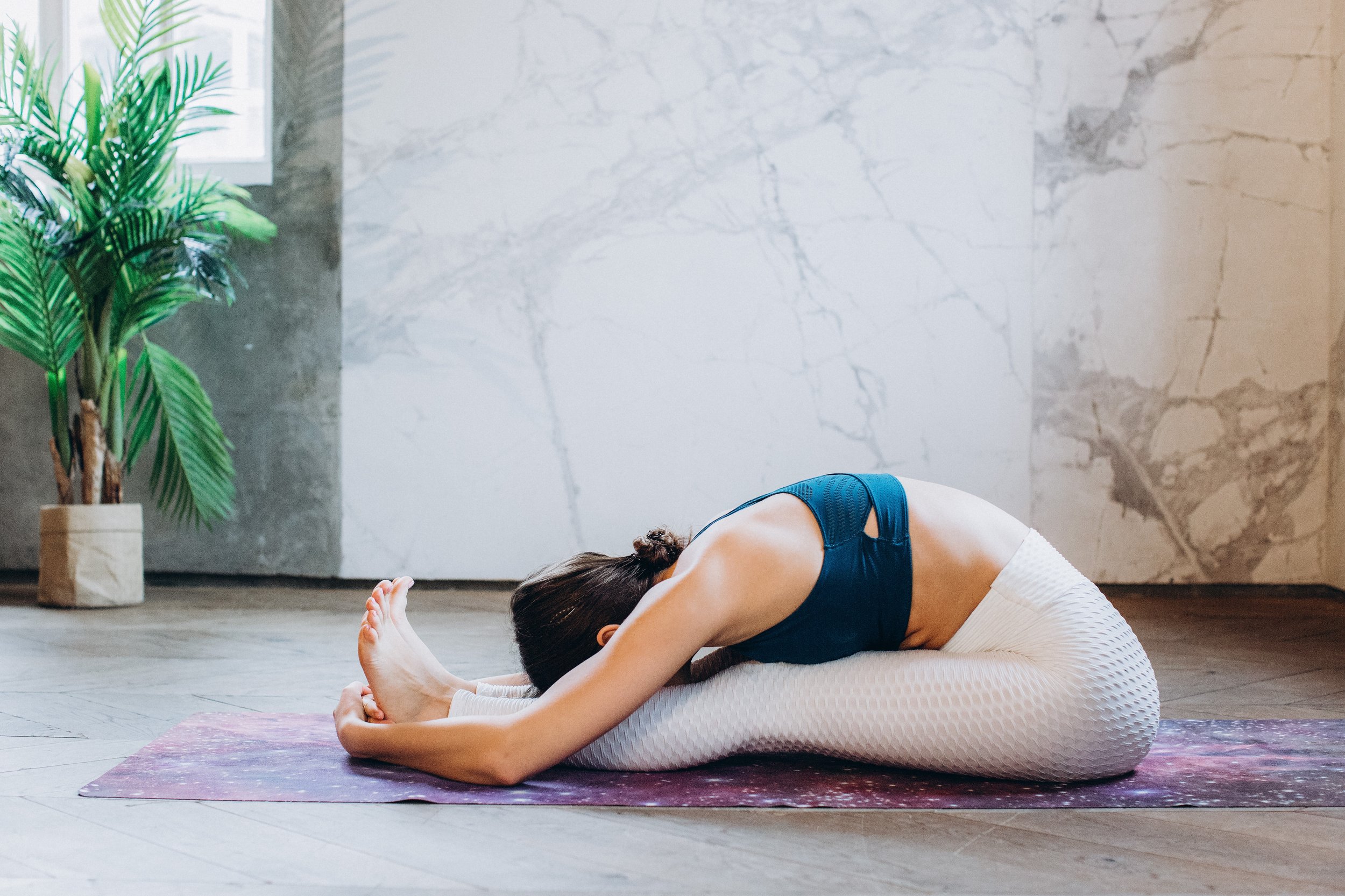The Benefits of Child's Pose
Are you looking for an easy way to find peace in your everyday routine? Child’s Pose (Balasana) is a simple pose that has several healing benefits. It is a restorative, resting pose—the kind of pose that you can use to center yourself, regulate your breath, and calm your body and mind. In this pose, you can reconnect with your breath and take a moment to check in with how you are feeling. Let’s explore how to practice Child’s Pose and how it can help you achieve calmness…
Begin in Table Pose (kneeling on the floor, with your knees and hips lined up, as well as your hands and shoulders).
Keep your big toes touching, then sit on your heels. Your knees should be kept apart, roughly in line with your hips.
Exhale. Moving forward with your outward breath, lay your torso flat between your thighs. Tilt your lower back outward toward your feet and the floor. Stretch the rest of your back away from your pelvis and tilt your head forward.
Lay your arms flat alongside your torso, with your palms facing upward. Relax your arms and shoulders, allowing the fronts of your shoulders to pull toward the floor. Their weight should stretch your shoulder blades across your back.
Let your head rest on a block or on the floor. Hold Child’s Pose for 30 to 60 seconds, being sure to inhale and exhale deeply. Pay attention to your back, feeling it rise and fall with every inhale and exhale.
When you’re exiting the pose, lengthen your front torso first. Stretch your arms in front of you, past your head. Then, doing a deep inhale as you go, using your hands, lift your body back into Table Pose, slowly from your tailbone where it presses down into the pelvis.
Child’s Pose offers various health and wellness benefits. First of all, allowing the forehead and body to rest on the ground has a calming and soothing effect on the brain. The pituitary gland and hypothalamus are both important for producing hormones that help regulate your mood, memory, behavior, body temperature, appetite, and digestion. Additionally, the physical action of lowering your forehead to the ground helps to alleviate stress in the body, as the hypothalamus sends signals to the pituitary to slow the heart rate down. Receiving this signal consistently can be helpful to reduce stress and anxiety. Because Child’s Pose keeps your chest pressed against your thighs, your belly can’t expand as much as usual. As a result, you have to breathe through your ribs and expand your back. This forces you to take slow, deliberate breaths, which is a helpful way to center your attention on your breathing and regain control over the body and mind. Child’s Pose also allows you to take a full body stretch in a gentle pose. It helps to stretch the neck, back, shoulders, hips, thighs, internal organs, and increases circulation of blood in the body.
Child’s Pose is also useful for developing awareness of your breathing. When you’ve gained control of your breathing and your mood, you can take time to set an intention for that moment. Examples of intentions are “I can adjust” or “I am okay.” You can return to this intention throughout the day to remind yourself of the calmness you’re wishing to achieve.
Please do not practice this pose if you have a knee or back injury.
Child’s Pose, combined with breathing exercises, and mindfulness practice can help you to find moments of peace in your life while stretching your body. With practice, Child’s Pose helps to improve your physical and mental health.

